11 January 2021
Once in these places was the ancient city of Isfijab, which was an important point on the Great Silk Road. Now there is a residential area Sairam, which belongs to the third metropolis of Kazakhstan – Shymkent. Arriving in these places, you can touch the centuries-old history and feel the oriental spirit. “Little Uzbekistan in Shymkent” – this phrase quite accurately describes the flavor of this settlement with its lively trade and hearty Uzbek cuisine. CityPASS Kazakhstan will take you to this unique city and tell you why your acquaintance with the south of the country will be incomplete without visiting Sairam.
If you drive away from Shymkent 15 kilometers to the east, you can find yourself in an amazing place – in a village called Sairam. This place is the center of the history of ancient minarets and mausoleums. For citizens, it is also a starting point and a place to buy food for a country picnic. It is in Sairam that you can experience all the southern and chaotic trade. Here you can easily not understand half of what the locals say, but this does not prevent you from feeling like your own here. The inhabitants of Sairam are good-natured and open-minded people, most of whom live in adobe houses with gates open. It’s customary here. Cordiality and hospitality among people have been laid down for a long time and to this day.
Ancient history of Sairam
Isfijab ( or Ispijab) was the name of Sairam in the first century. It is first mentioned in the records of the Chinese scholar Xuan Jian in 629 as a city on the White River. Now the ancient settlement of Sairam is included as one of the priority historical and archaeological sites in the state program “Cultural Heritage”.
“Sairam is the name of the white city (Al-Medinat al-Bayda), which is called Ispijab. They also say Sairam about him, ” the Turkic philologist Mahmud al-Kashgari will write later.
Isfijab, according to the researchers ‘definition based on the Sogdian language, means “white water”. The city was formed by the Sairam-su River. It was the link between East and West on the Great Silk Road. According to the chroniclers, the city had markets where fabrics were sold, covered shopping malls, and mosques. Despite the active trade, Isfijab, according to the ancient historian, left a pleasant impression of a clean and cozy city.
The fast-growing city in the VI century turned into the largest commercial and cultural center in the south of Kazakhstan.
In the seventh century, on the eve of the Arab invasion, Isfijab was a thriving city. There were many great palaces, which were in the possession of merchants Naseba, Bukhara and Samarkand. From here, white fabrics, weapons, swords, copper and iron were delivered to other regions. Slave trade was also conducted here, and prisoners captured during the hostile wars of various Turkic tribes were sold here. In the direction of the caravan routes through the gates of Bukhara on the southern side, goods were imported from the countries of the East. The caravan route through the northern gate bypassed cities such as Otyrar, Sauran, Jend and Yangikent on the Syr Darya coast. By the way, the gate to the city has been preserved to this day. It is through them that everyone who visits Sairam passes.
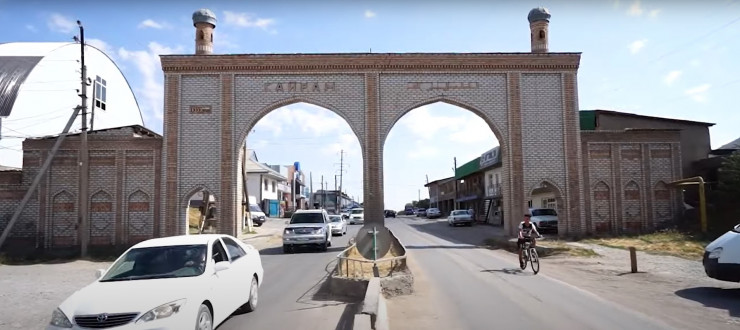
Ancient restored gate to Sairam
Historians note that Isfijab was an advanced and highly fortified city.
“The fences that surround most of the city are so high that the hands of those who would like to take possession of them would never reach the walls of the city; the pits that are excavated around it are so deep that no foot could step over it,” Ruzbihan Isfahani, a historian of the XV – XVI centuries, author of “Mehmanname-i-Bukhara”, described the walls of Sairam.
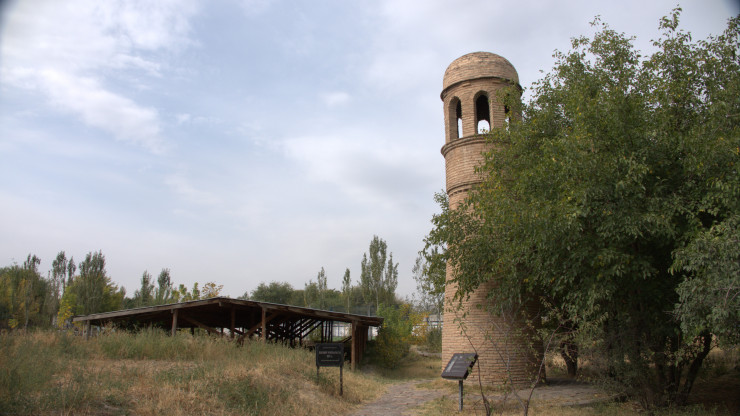
The only surviving 10-meter minaret of Khizir Paigambar (about it below)
The prosperity of the city fell on the VII century, when the Arabs came to Central Asia. During this period, Isfijab was attacked by Arab invaders, but for a long time the city remained impregnable.
At the beginning of the IX century, Isfijab became part of the Karluk state. In 840, Isfijab is attacked by Samanids from Central Asia. In that battle, the then ruler of the city of Bilge, Kul Kadyrkhan, will fall. After the conquest of the Sasanian ruler Nuh Ibn Asad, the culture of agriculture began to develop actively. In order to protect Isfijab and agricultural crops (viticulture and cereals), the Samanid ruler will order the construction of fortress walls. And at the end of the tenth century in 990, Isfijab will become part of the Karakhanid state, which will displace the Samanids.
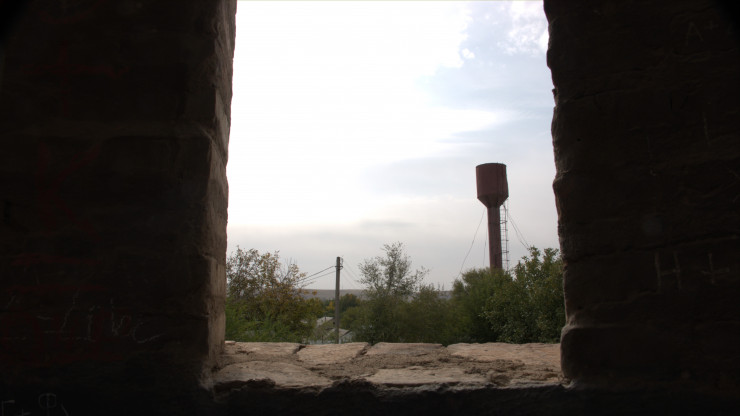
View from the window of the Khizir Paygambar minaret
Historians note that due to its geographical location, Sairam was an extremely important strategic center. This is one of the main reasons for the numerous clashes between feudal lords of various ethnic groups for the possession of the Sairam territory.
But time has played a cruel trick on Isfijab. Already in the XVII century, the city completely lost the importance of an important shopping center.
At the same time, Isfijab remained the center of contact and contact of various religions – Christianity, Zoroastrianism and Islam. To this day, many nations live peacefully on the territory of modern Sairam.
“Sairam-Isfijab can rightfully be proud of its one and a half thousand years of history, being the largest carrier of material and spiritual treasures of the Kazakh people,” says archaeologist Bakhtiyar Kozha.
Interesting fact
Isfijab is the birthplace of the great Sufi Khoja Ahmet Yassawi. His parents are also buried here in mausoleums.
Many mausoleums inside the city have been preserved and restored. Most of them are accessible to the public. The most ancient of them is the Padishah Malik Baba. It belongs to the IX-XVIII centuries. The main tourist and pilgrimage sites are the mausoleums of the father and mother of Khoja Ahmet Yassawi “Ibrahim-ata” and “Karashash-ana”, the ancient mausoleums of Abdel-Aziz-bab, Mirali-bab and the medieval minaret of Khizir.
Interesting fact
People used to say that ” there are no saints (women) in Sairam.” Among the Turkic-speaking peoples from time immemorial, grateful descendants called “Ata”, “Bab”, ” Ana ” truly holy people, wise teachers, sheikhs and dervishes.
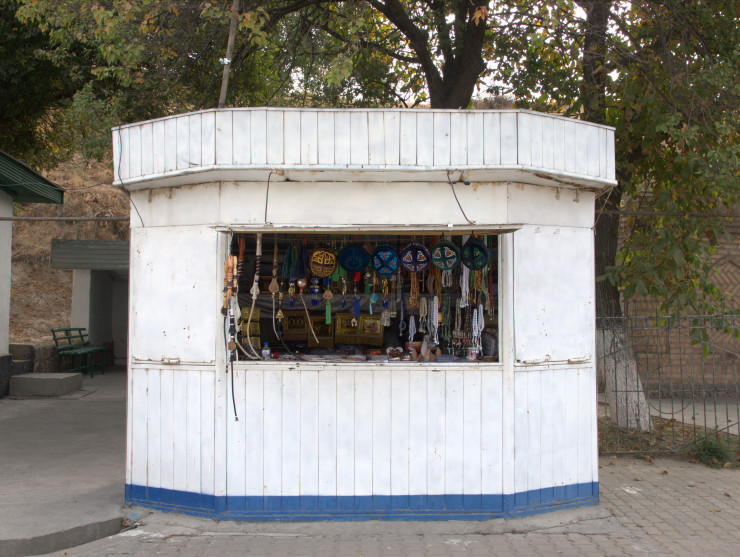
Shop in front of the entrance to the mausoleum “Ibrahim-Ata”. Here you can buy souvenirs at affordable prices. If anything, you can bargain.
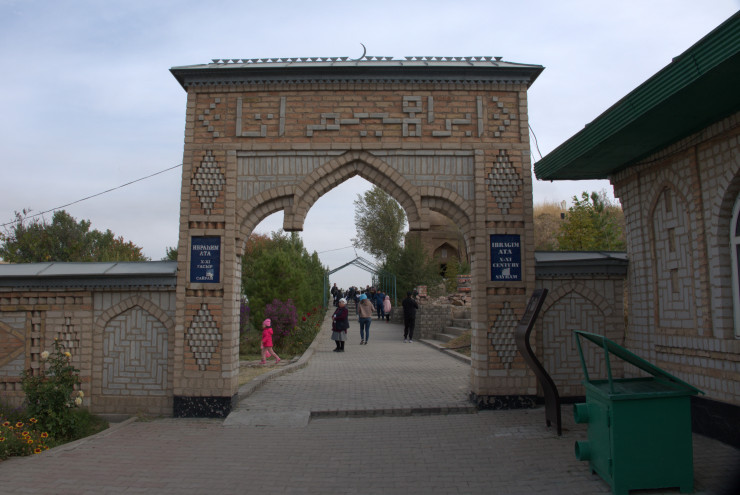
The mausoleum of Ibrahim-ata is located on the outskirts of the north-western part of Sairam, on the edge of a high slope. Khoja Ahmet Yassawi’s father is buried here. The mausoleum attracts many pilgrims and tourists and is one of the must-see tourist destinations.
Note that in Sairam, such signs with basic information about the object are installed in front of each significant object. You can scan the QR code to get additional data. For example, information that the last reconstruction of the mausoleum was carried out in 1880.
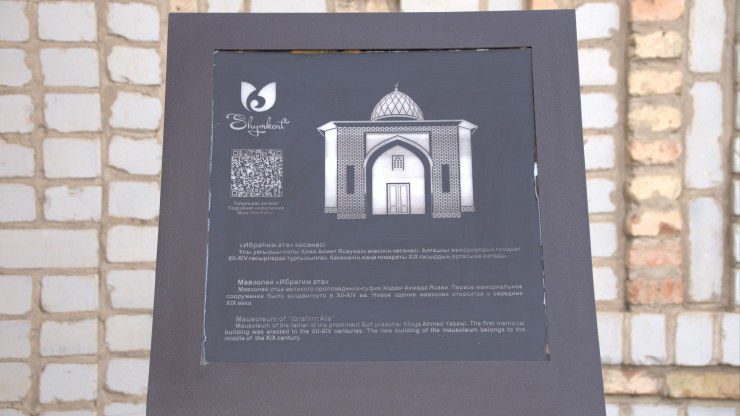
Also in front of the mausoleums are boxes for “sadak” (voluntary alms), which are later collected by local caretakers.
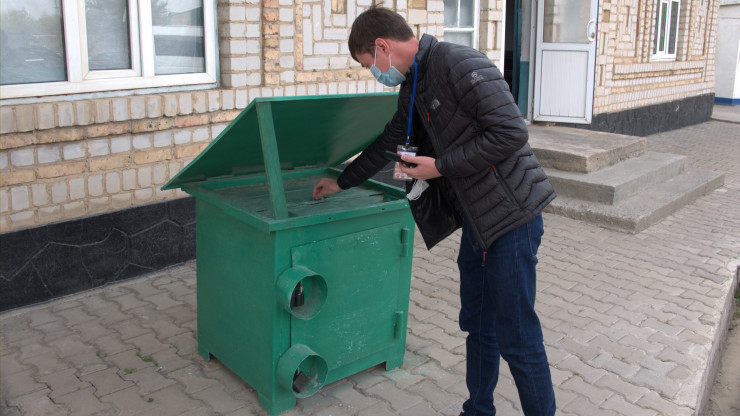
On the territory of the mausoleum “Ibrahim-ata” partially preserved ancient elements of internal and external decoration.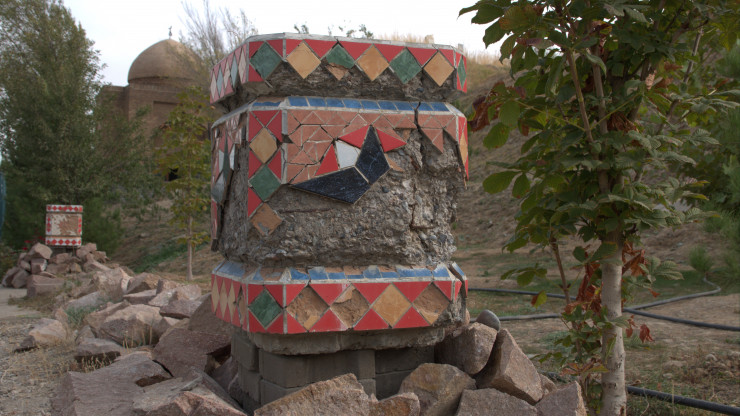
In the center of Sairam is a tomb, erected, according to legend, over the grave of the mother of Khoja Ahmet Yassawi-Karashash-ana. The building of the mausoleum was built in 1852.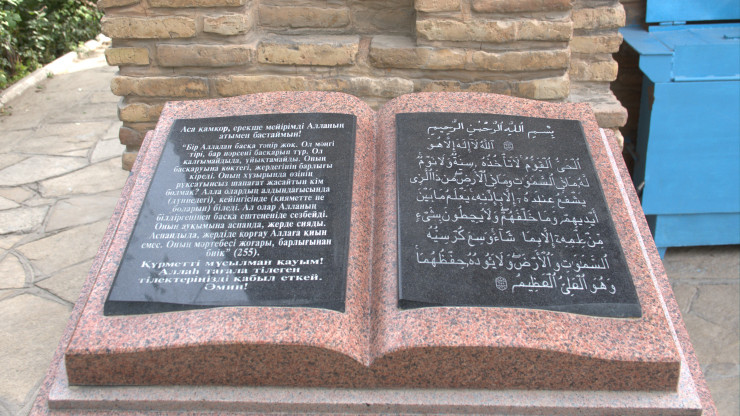
Under the influence of time and natural elements, the structure of the mausoleum was repeatedly destroyed and built again. The building that has survived to our time dates back to the middle of the XIX century. The mausoleum is made of square baked bricks, wood, clay and other natural materials. The safety of the mausoleum, which for two centuries has not been destroyed, speaks about the quality of the construction and finishing works carried out in it.
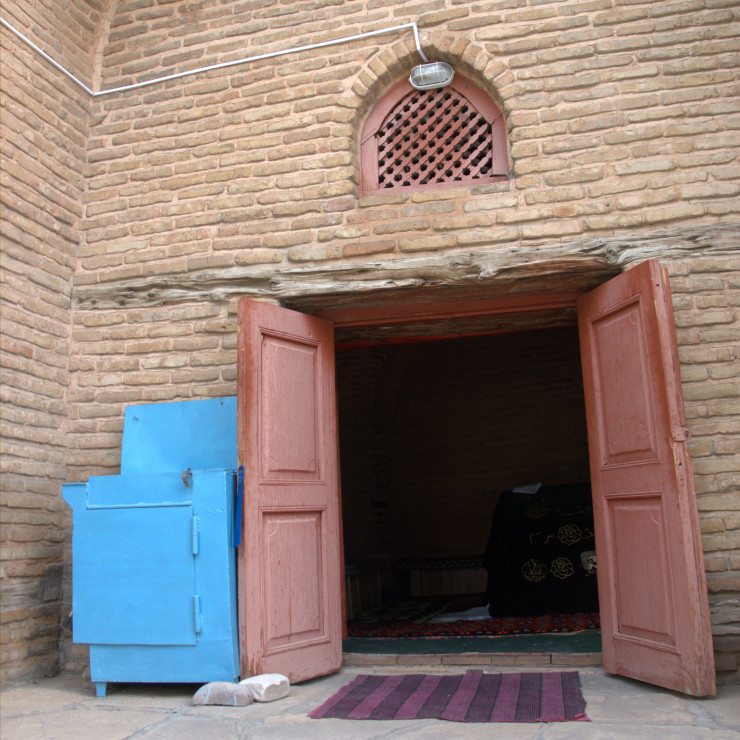
According to popular legend, once a lock of black hair was tied to the top of the dome of the mausoleum (the name Karashash means “black-haired”), but later it was lost. In 1996, the dome was lined with white sheet metal, and in 1997, the territory adjacent to the monument was cleaned and landscaped.
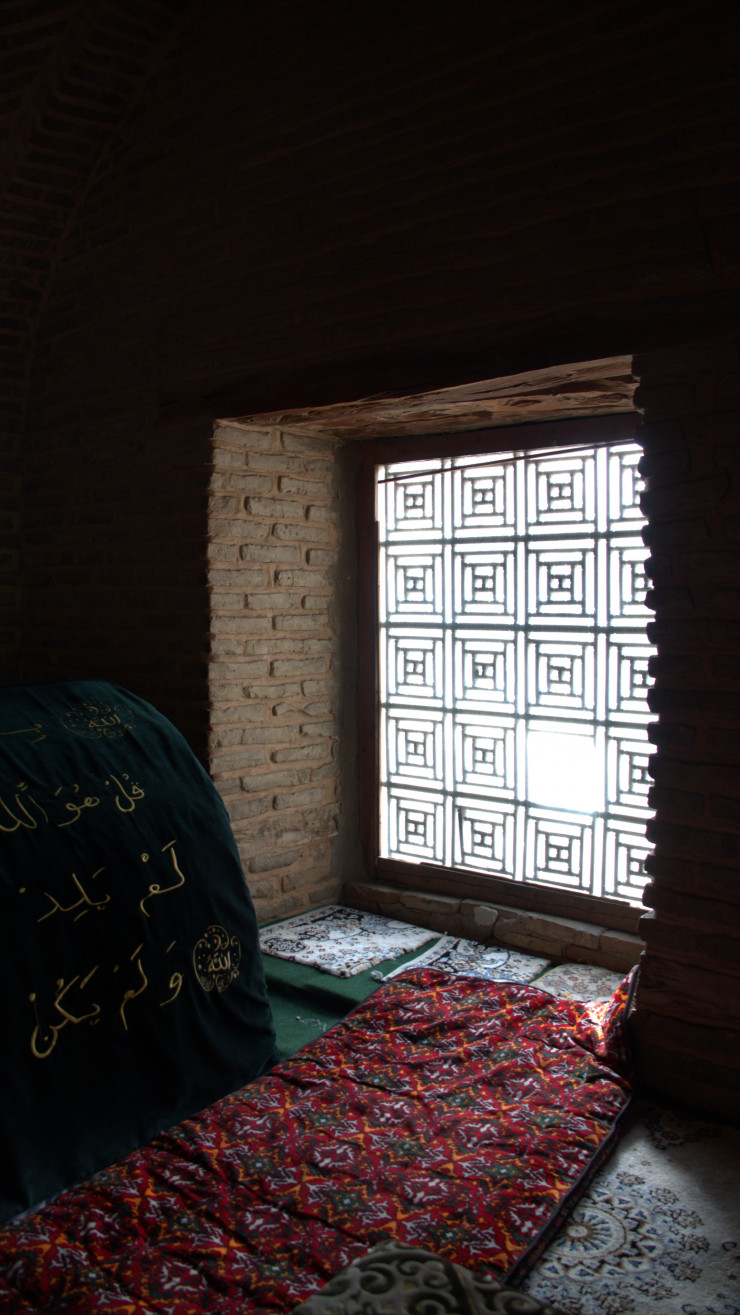
Karashash-ana’s real name is Aisha-bi bi, she was the daughter of the famous Sheikh Musa in Sairam. In the XI century, when Aisha-bi bi lived, science, culture and art developed rapidly in this region. The mother of the great scholar Khoja Ahmed was one of the enlightened, well-bred and literate women of her era. Karashash-anu is revered by Turks all over the world. It is identified with the ideal of motherhood.
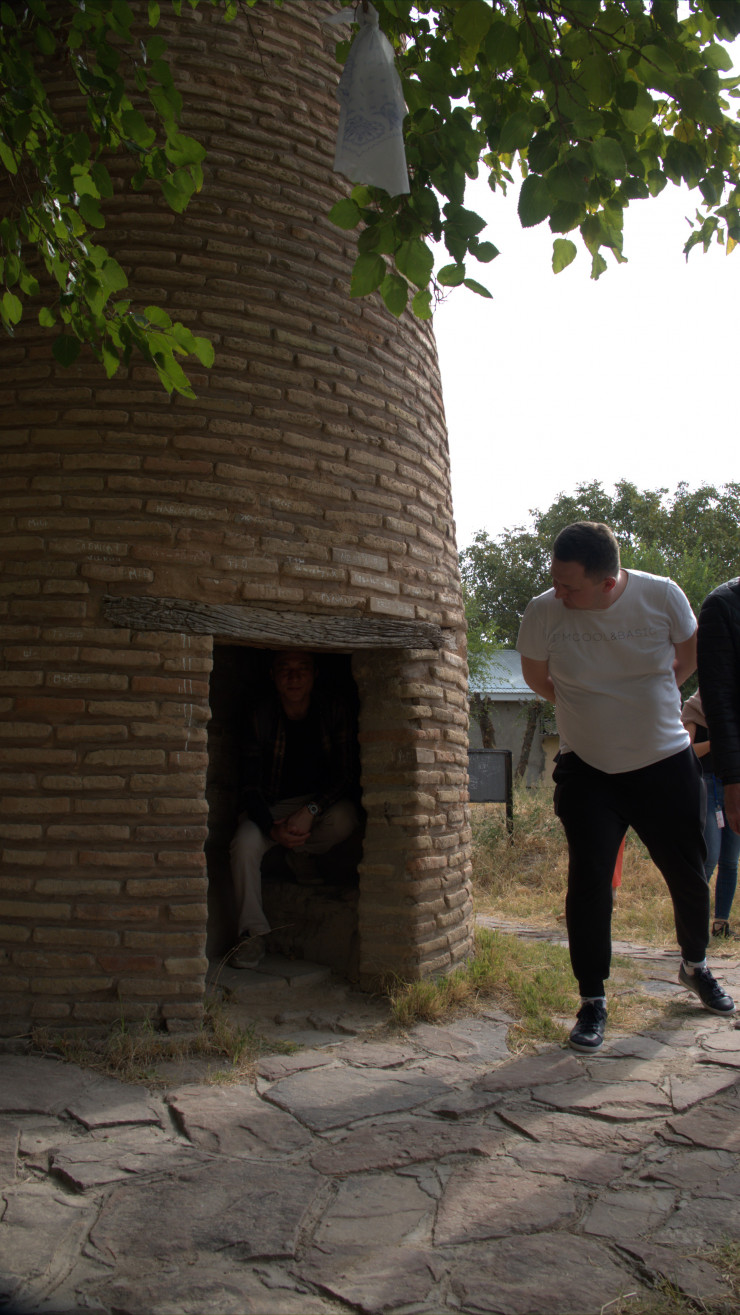
And here is the minaret of Khizir Paygambar (the name of the prophet (paygambar) Of khyzyr, which is mentioned in the Quran as unnamed companion Musa), is interesting in itself. This 10-meter tower among the trees on Isfijaba Street used to be part of the Khizir Paygambara Mosque. But by the 1920s, only the underground room and the dilapidated minaret remained. In order to climb the tower, you must pass through a narrow spiral staircase.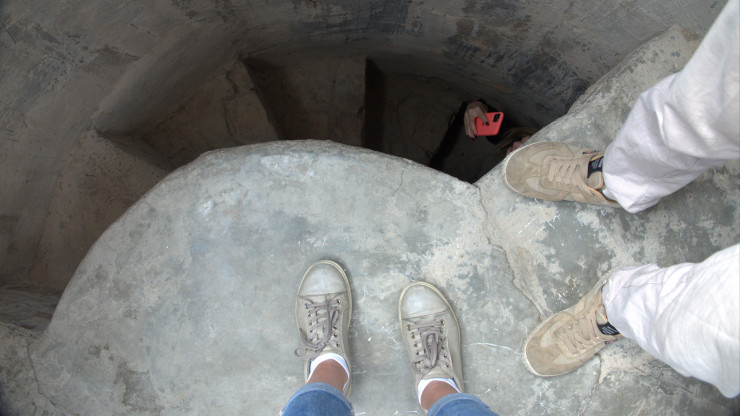
Fruit and orchards, markets and trade
But ancient Isfijab is not famous for its unique history. For example, on the same street directly opposite the minaret live good-natured and hospitable residents of Sairam, who let tourists to their yard. And believe the fruit-free resident of urban cities, there is something to see.
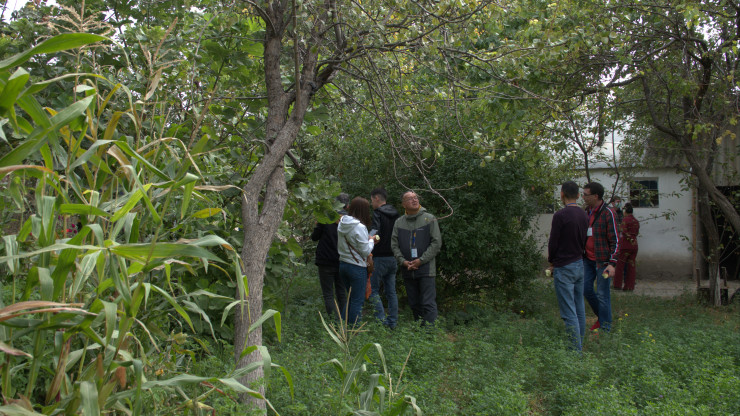
This is a tourist group led by a guide, which the owner of the house cordially invited to his house.
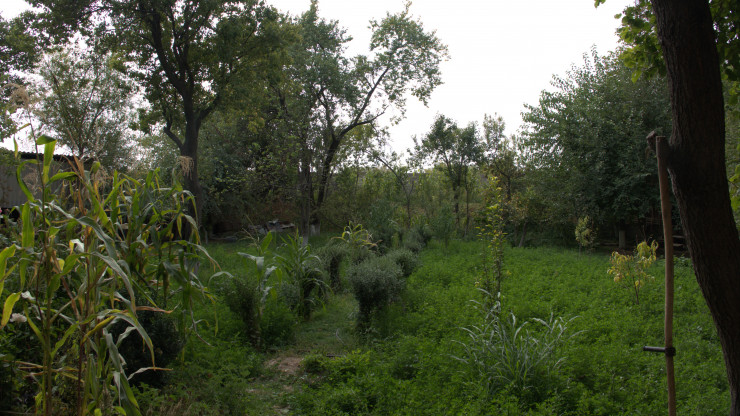
The owner of the house is a modest and hardworking person. The garden inside the yard and all the planted fruit trees are his work.
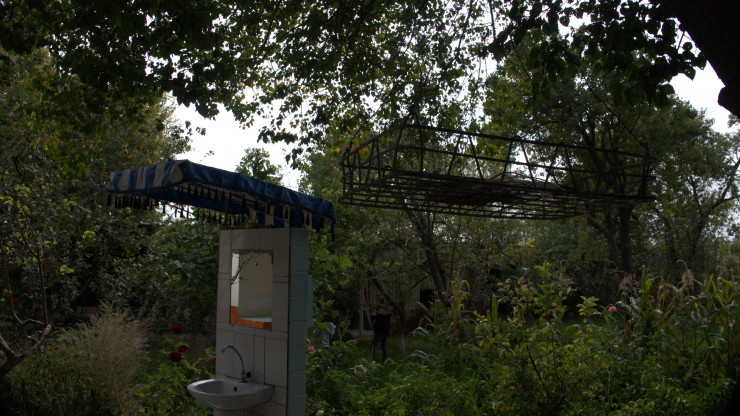
Cauldrons in which to cook plov, kuyrdak. By the way, they are cooked in them on the street, on a special oven.
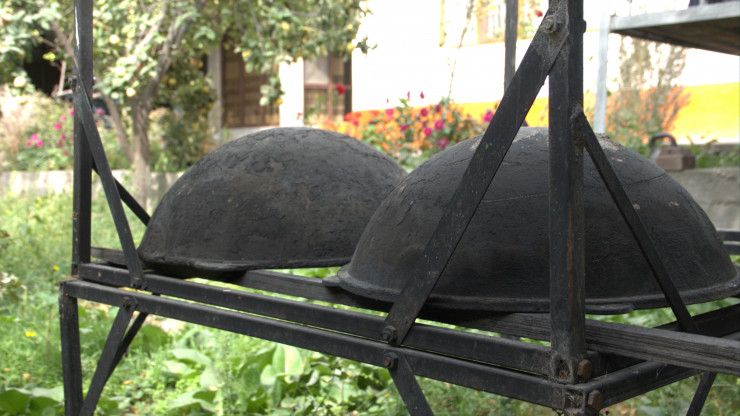
And these are heavy quince fruits.
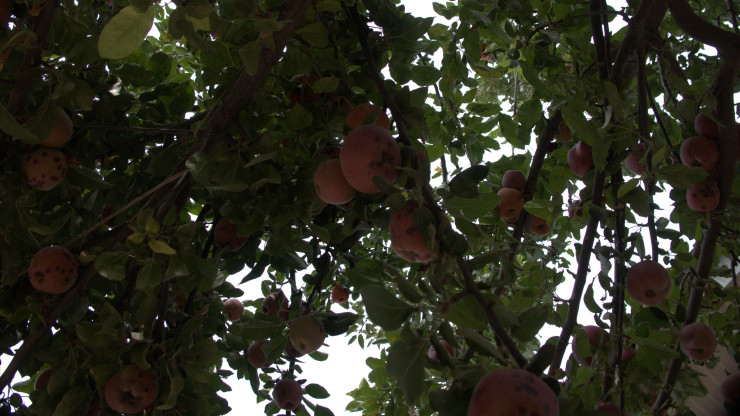
By the way, fruits and vegetables in local markets are mostly their own, that is, grown in their own yards.
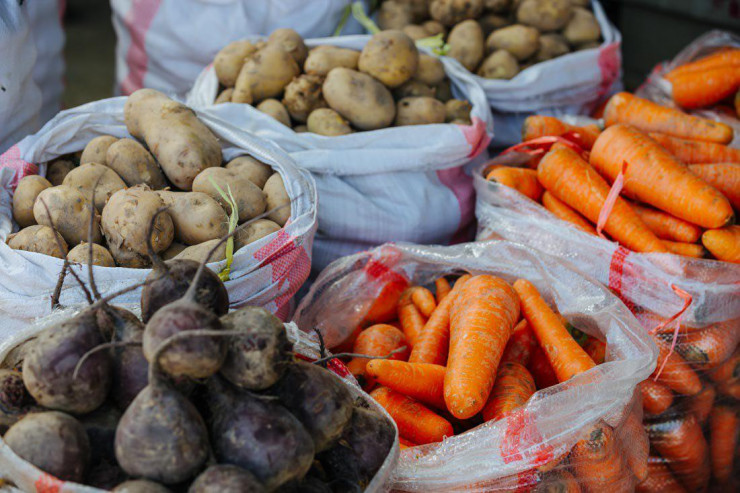
As such, there are no price tags on the goods here, so you can safely bring down the price. By the way, the market on the central street of Sairam is one of the oldest in Kazakhstan.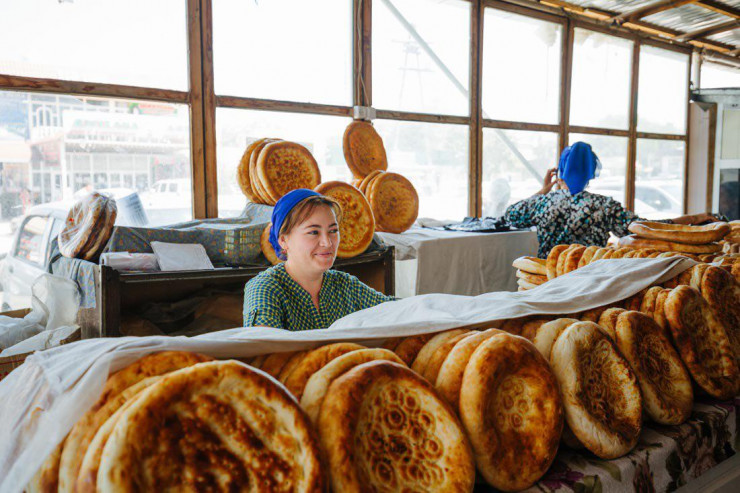
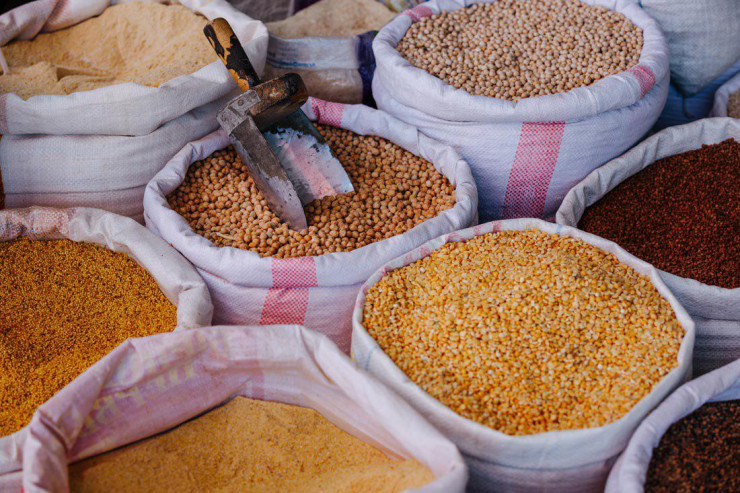
However, the trade and market of Sairam is a separate topic. They like to trade and bargain here.
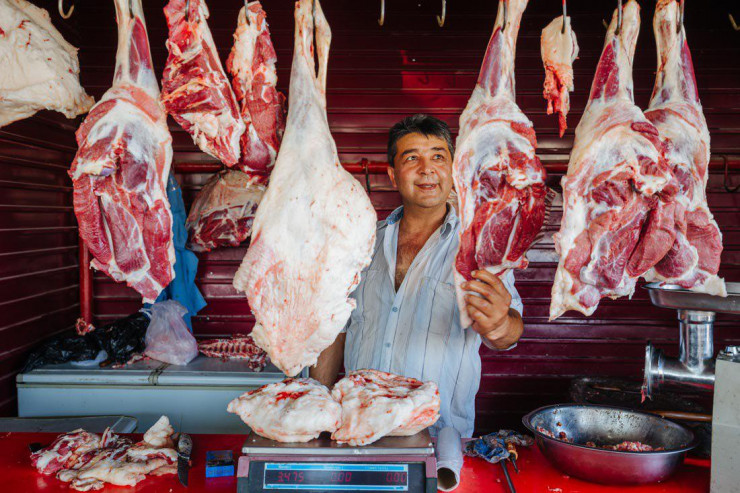
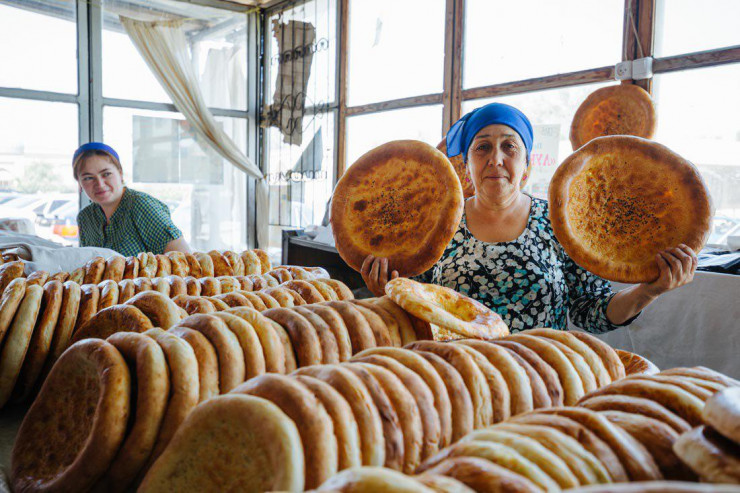
фото Visit Shymkent
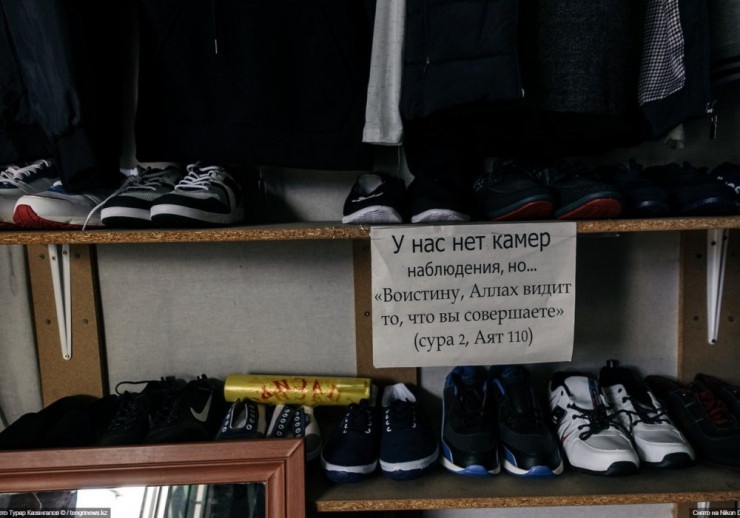
Now the Sairam bazaar is not an object of aesthetic pleasure – the same rows and imported goods (except vegetables/fruits). Perhaps the inscription on one of the trading counters is extremely telling and shows the local mentality.
Kitchen-pilaf, samsa and kebabs
But the southern cuisine will definitely please all travelers. First, food prices – the average lunch check starts at 1,000 and ends at 6,000 tenge (if you have a good appetite). Local dishes are well characterized by a capacious prefix “in Shymkent”. Kuyrdak in Shymkent from young lamb, in which the bones are soft as cartilage, and the dish is eaten without a trace. Meat, flatbread in tandoor, the so-called “Shymkent patio”, or fragrant fat-tailed samsa. Sitting on a cot and enjoying the taste of fresh fish with juicy onions and hot peppers, sipping hot green tea, is what not only tourists from abroad come here for, but also the residents of Shymkent themselves.
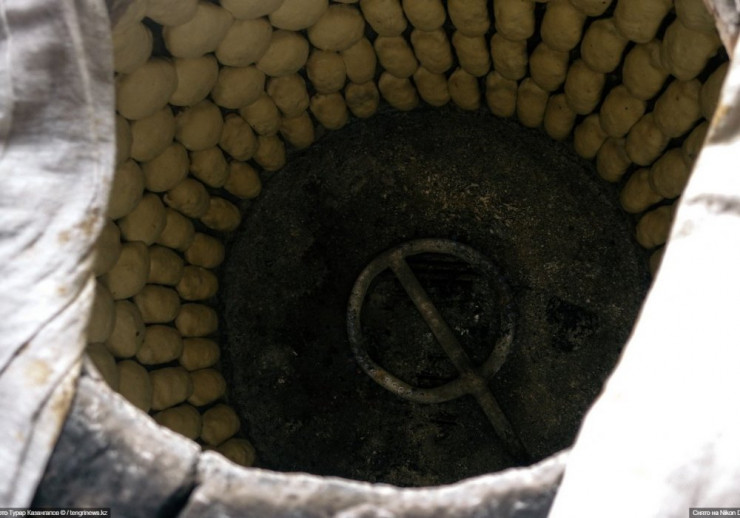
The process of cooking samsa in tandoor
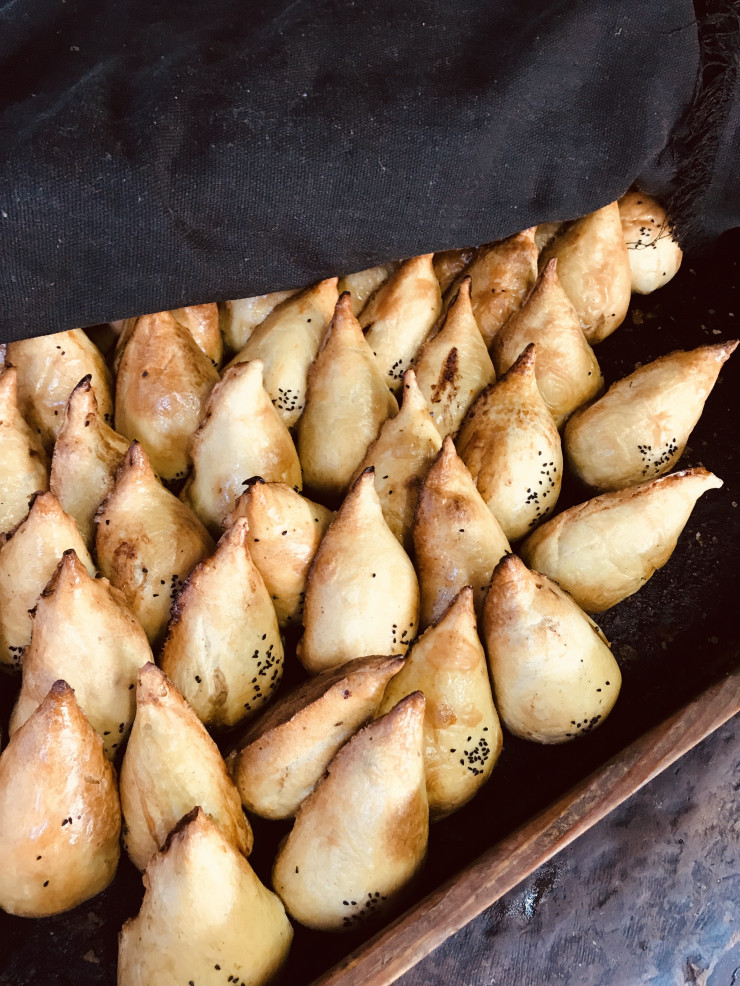
A special Shymkent palau (pilaf), in addition to which a spicy and juicy achuchuk salad is always served.
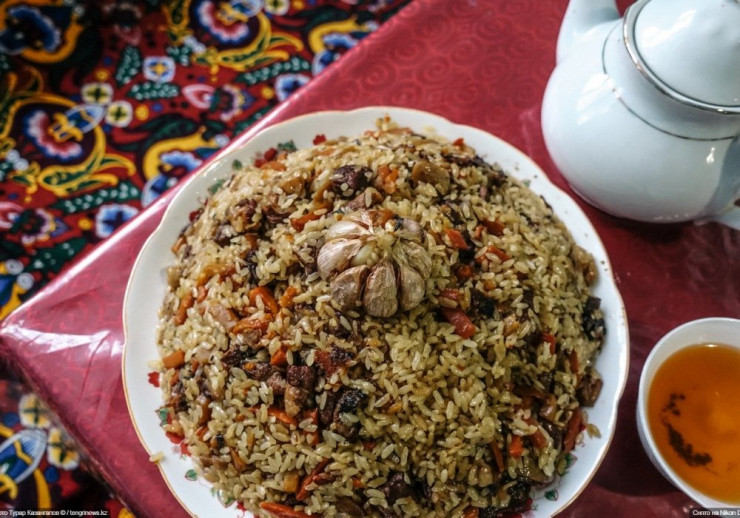
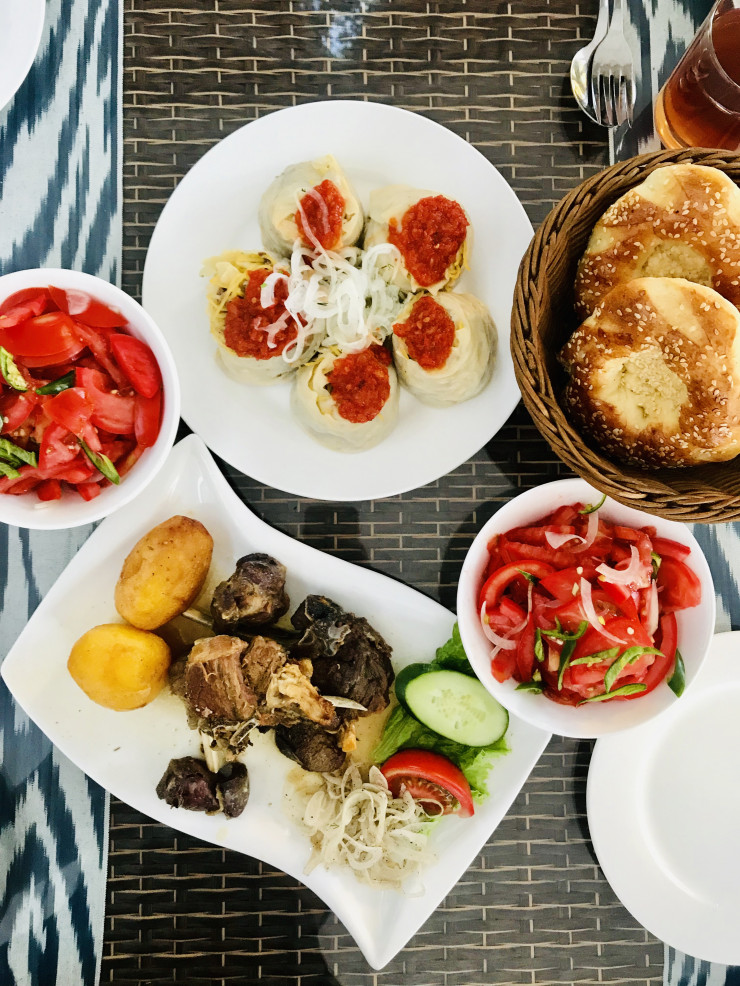
And, of course, Shymkent shish kebab, the mere mention of which excites the minds and causes increased salivation in everyone who has ever visited the southern metropolis and tasted tender pieces of meat, marinated and fried in the most mysterious way.
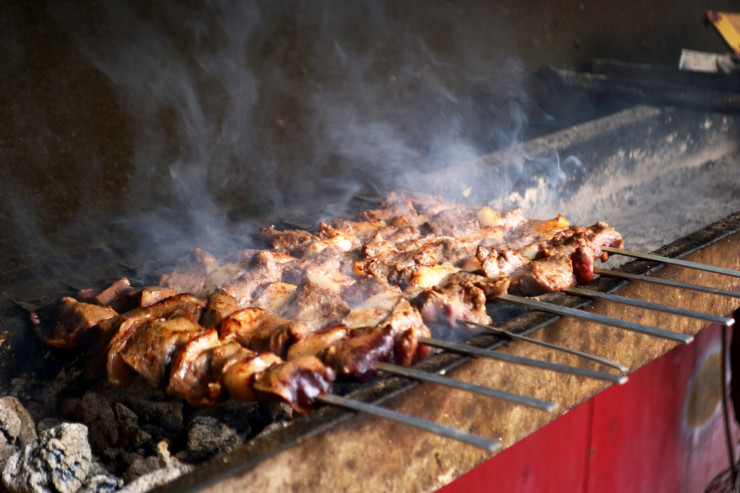
The process of cooking shish kebab
How? Shymkent residents themselves claim that shish kebab recipes are transmitted with genes. And if you were not born in Shymkent, then you will definitely not get a Shymkent shish kebab. So say the locals.
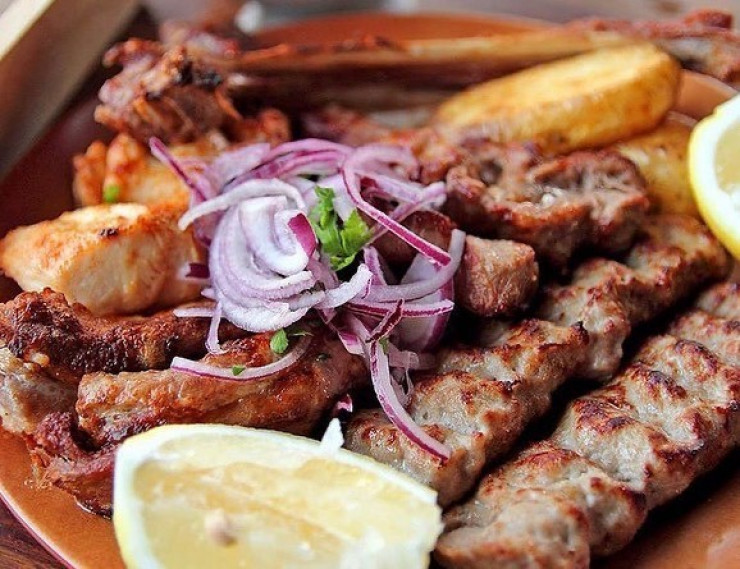
How to get there
Getting to Sairam from Shymkent is not difficult. It is necessary to drive a little less than 20 kilometers east on an asphalt road.
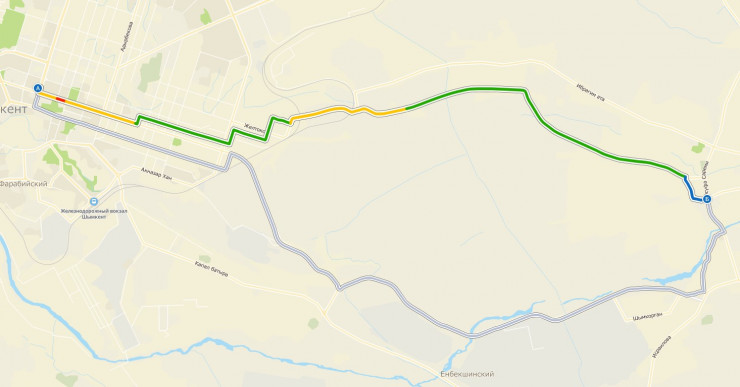
Information taken from the site Tengritravel.kz
























































